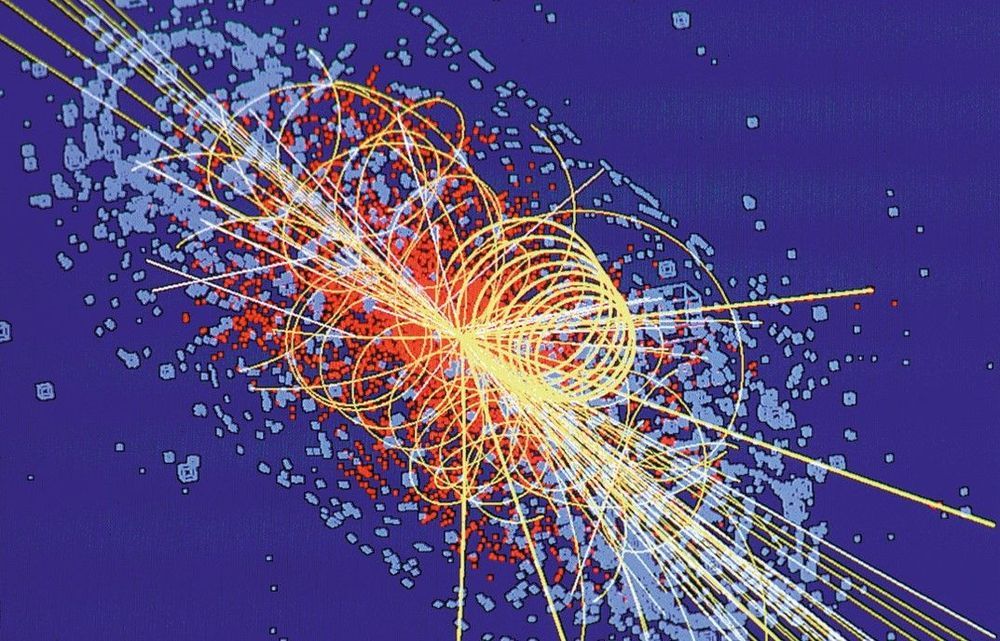
Modern experiments have upheld Quantum Theory despite Einstein's objections. Einstein's paper, "Can Quantum-Mechanical Description of Physical Reality Be Considered Complete?" prompted Niels Bohr to write a rebuttal. Newspapers were quick to share Einstein's skepticism of the "new physics" with the general public. May 15, 1935: The Physical Review publishes the Einstein, Podolsky, and Rosen (EPR) paper claiming to refute Quantum Theory.

Einstein is considered the third founder of Quantum Theory because he described light as quanta in his theory of the Photoelectric Effect, for which he won the 1921 Nobel Prize. Niels Bohr and Max Planck, two of the founding fathers of Quantum Theory, each received a Nobel Prize in Physics for their work on quanta. According to Bohr, quantum predictions based on probability accurately describe reality. He argued that the mere act of indirectly observing the atomic realm changes the outcome of quantum interactions. Challenging Einstein, physicist Niels Bohr championed Quantum Theory. But individual quantum interactions cannot be observed directly, leaving quantum physicists no choice but to predict the probability that events will occur.

The second was Quantum Theory, which proposed that energy exists as discrete packets-each called a "quantum." This new branch of physics enabled scientists to describe the interaction between energy and matter down through the subatomic realm.Įinstein saw Quantum Theory as a means to describe Nature on an atomic level, but he doubted that it upheld "a useful basis for the whole of physics." He thought that describing reality required firm predictions followed by direct observations. The first was Einstein's General Theory of Relativity, which dealt with the universal realm of physics. With the turn of the 20th century, the field of physics underwent two major transformations, roughly at the same time. Photo: courtesy AIP, Emilio Segré Archives


 0 kommentar(er)
0 kommentar(er)
